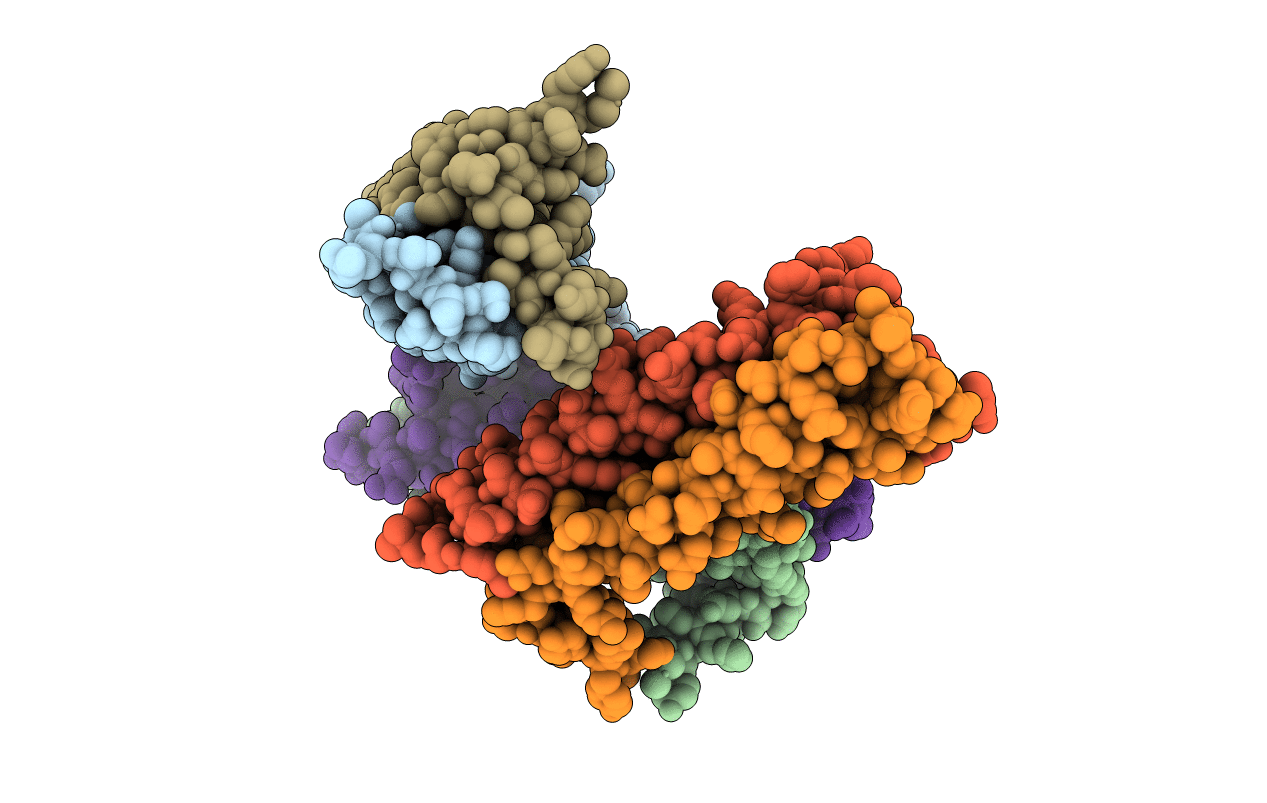
Deposition Date
2012-01-19
Release Date
2012-02-22
Last Version Date
2024-10-23
Entry Detail
PDB ID:
4AFL
Keywords:
Title:
The crystal structure of the ING4 dimerization domain reveals the functional organization of the ING family of chromatin binding proteins.
Biological Source:
Source Organism:
HOMO SAPIENS (Taxon ID: 9606)
Host Organism:
Method Details:
Experimental Method:
Resolution:
2.28 Å
R-Value Free:
0.25
R-Value Work:
0.20
R-Value Observed:
0.20
Space Group:
C 2 2 2


